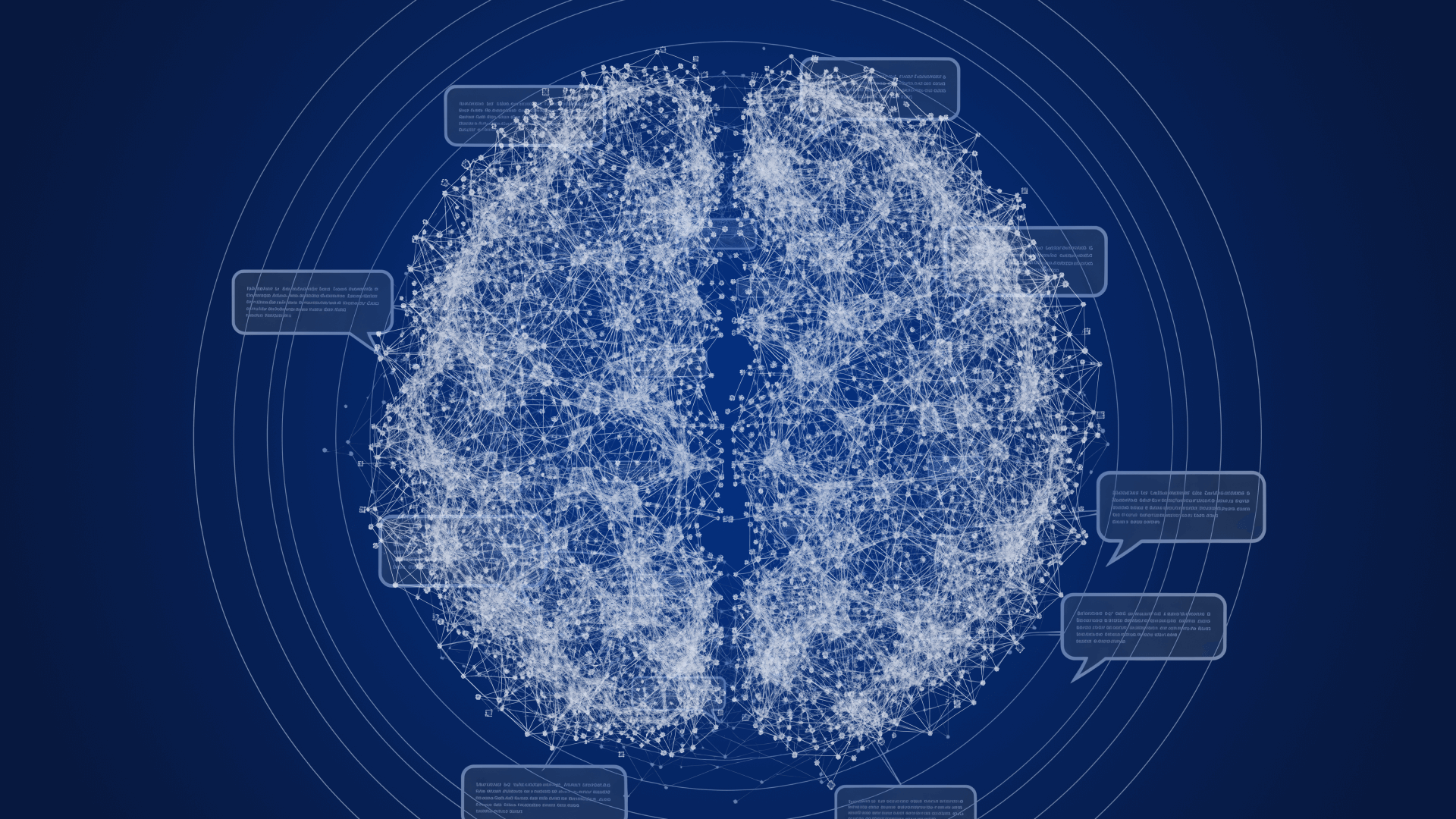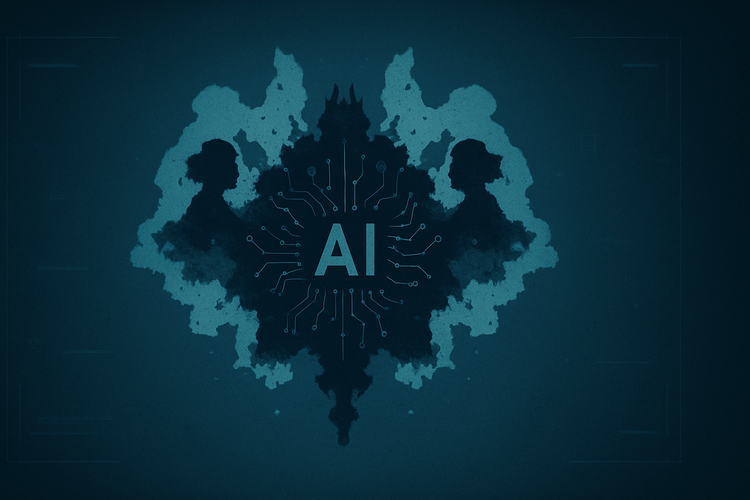
A New Paradigm for Digital Organisations
The world is moving towards systems that are not only digital but intelligent entities that can govern themselves, make data-driven decisions, and coordinate humans and machines towards shared objectives.
At IXO, we call this model a Programmable Organisational Domain, or POD.
A POD evolves the Decentralised Autonomous Organisation (DAO) - but with greater security, adaptability, and precision. It fuses the transparent governance of blockchain with the privacy of encrypted data systems, creating a programmable domain that functions as a self-regulating digital organisation.
In simple terms, a POD is an organisation that runs on code - but one that also learns, communicates, and adapts through intelligent processes.
The Foundation: Two Layers, One Framework
Every POD on the IXO Network operates through two complementary layers - one ensuring trust and transparency, the other providing privacy and secure collaboration.
Together, they form the backbone of a programmable domain.
1. The On-Chain Layer - Governance and Accountability
At the foundation of each POD lies the IXO blockchain, built with the Cosmos SDK.
On this decentralised network, every POD is deployed as a smart contract that defines its membership - covering both human participants and authorised AI agents - along with the rules that govern decision-making and resource management.
The smart contract specifies:
- Membership - who belongs to the organisation
- Voting power - how decisions are made
- Treasury and resources - what assets are managed
- Governance rules - how proposals, votes, and changes occur
This on-chain layer acts as the POD’s source of truth. Every decision, proposal, and transaction is verifiable and immutable, providing what most organisations seek but few achieve - built-in accountability.
2. The Private Data Layer - Secure Communication and Collaboration
While transparency is essential, not all data should be public.
Each POD therefore includes a private, encrypted data environment powered by Matrix, an open protocol for secure, federated communication.
Every POD automatically gains its own Matrix space - a digital workspace where members can:
- Communicate and collaborate securely
- Store and exchange sensitive information
- Coordinate operations without exposing internal data
Matrix uses forward-ratcheting end-to-end encryption, offering robust privacy protection. It’s the same protocol adopted by governments, enterprises, and Web3 communities worldwide.
Synchronising the Layers
Integrating the public blockchain with the private data layer is what makes PODs programmable.
The IXO Matrix AppService keeps these environments synchronised. When a POD is created on-chain, the service automatically:
- Creates a private Matrix space
- Syncs membership with a smart contract
- Updates access dynamically - when a member joins or leaves, permissions adjust automatically
Only verified members have access to the private workspace. When access changes on-chain, it’s revoked or granted instantly - creating a self-enforcing boundary that ensures security and compliance by design.
Programmable Domains in Practice
A POD is not just a new type of DAO - it’s a full organisational system capable of autonomous operation.
Imagine a climate-action POD managing a reforestation initiative:
- The DAO (on-chain layer) holds funds, defines the rules, and votes on proposals.
- The Matrix space (private layer) allows field researchers, analysts, and funders to share verified data securely.
- Membership synchronises automatically - when a contract ends, access is revoked in both layers.
The same model can support decentralised research groups, co-operative funds, distributed startups, or humanitarian networks - each combining transparency with privacy, human oversight with automation.
With PODs, there’s no need for manual account management or central administrators.
The system governs itself.
Why Programmability Matters
PODs are adaptive systems, designed to evolve through programmable rules.
By codifying governance and data flow, they deliver:
- Automation - processes that execute according to verifiable logic
- Security - cryptographic enforcement of membership and permissions
- Resilience - continuity even as members change
- Interoperability - standardised protocols enabling collaboration across domains
Each POD functions as a digital ecosystem that can connect with others - forming federations such as networks of environmental or educational projects, coordinated through shared standards.
Balancing Privacy and Trust
The strength of a POD lies in combining public accountability with private security.
On the IXO blockchain, governance and funding are fully auditable.
Within Matrix, discussions and documents remain end-to-end encrypted.
This architecture achieves transparency without exposure - the foundation for any trusted digital society.
Beyond PODs: The Future with Flows
Once a POD is established, its next stage of evolution comes with Flows - deterministic, AI-assisted workflows within each domain.
Flows define how actions unfold: approvals, task assignments, data validation, and automation - all in a shared, real-time environment.
They enable human members and intelligent agents to co-create, execute, and verify operations together, turning static rules into living, intelligent processes.
Our next article explores how Flows extend PODs into autonomous, intelligent systems.

Conclusion
Programmable Organisational Domains represent a shift in how digital organisations are designed and governed.
By combining blockchain governance, secure communication, and programmable logic, PODs become self-managing systems - coordinating people, resources, and AI with integrity and precision.
They embody IXO’s vision for the Spatial Web:
a world where systems are trusted by default, autonomous by design, and intelligent in execution.
With PODs, organisations can now operate at the speed of code - while remaining grounded in human purpose.
Learn more about building with PODs:






